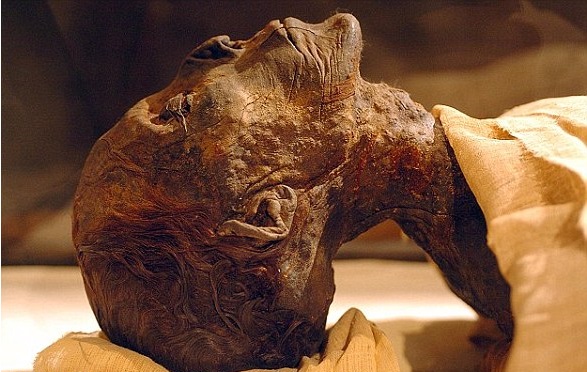Archaeologists have made a groundbreaking discovery, using a missing tooth to positively identify the mummy of Hatshepsut, Egypt’s renowned female pharaoh who ruled over 3,000 years ago. Led by Zahi Hawass, Egypt’s foremost archaeologist, the research sheds light on a long-standing mystery and marks a significant milestone in the Valley of the Kings. This article delves into the captivating story of Hatshepsut’s reign, her erasure from history, the search for her mummy, and the crucial role a tooth played in solving the enigma.
The Reign and Erasure of Hatshepsut
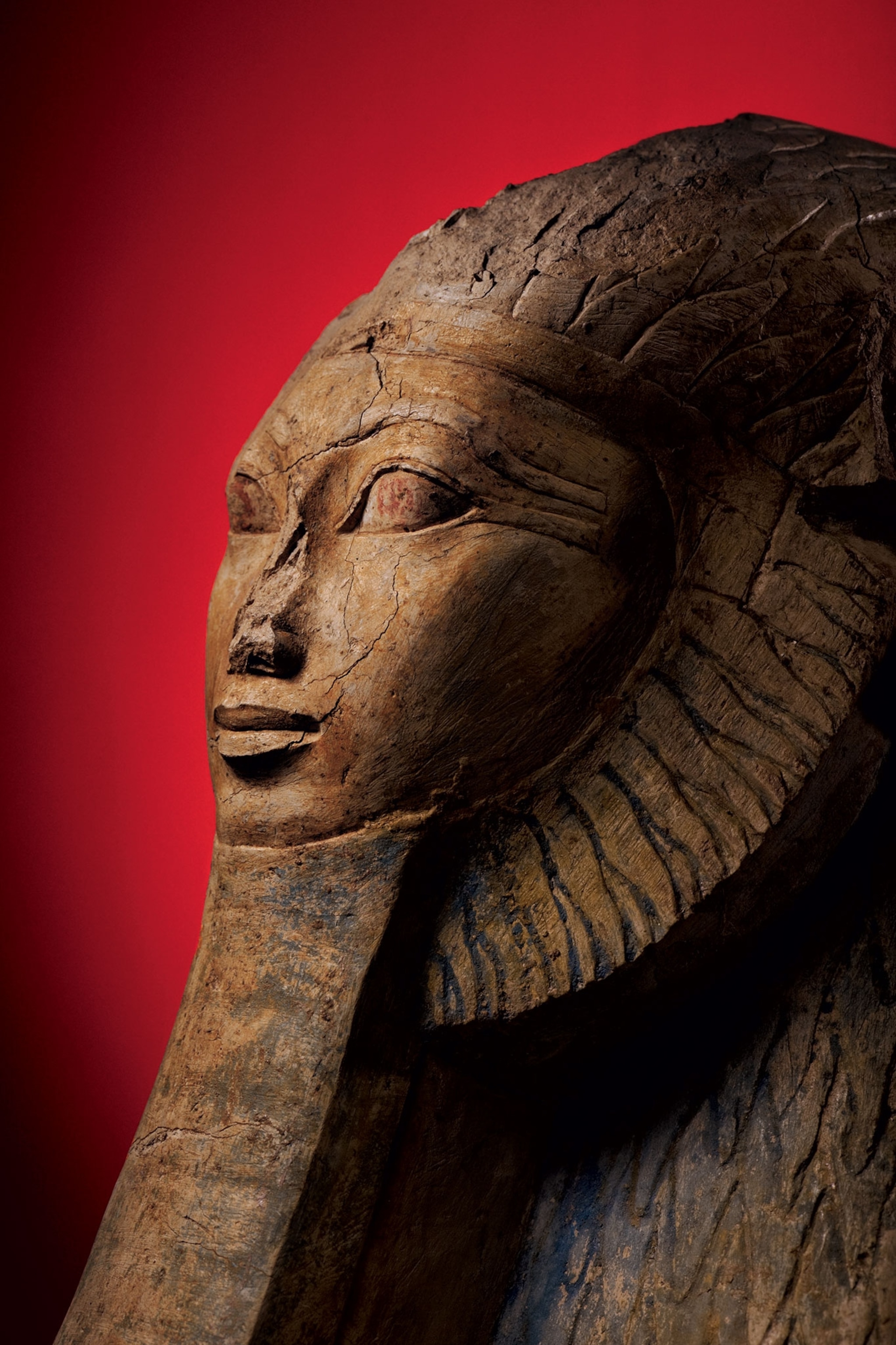
Hatshepsut, the daughter of Tuthmosis I, assumed the throne of Egypt as regent after the death of her husband and half-brother, Tuthmosis II. Effectively taking over as pharaoh, she ruled for approximately 15 years (1473-58 BC) and became one of the most influential female leaders in ancient history. However, after her death, her stepson Tuthmosis III sought to erase all traces of her reign. Statues were torn down, monuments defaced, and her name removed from records. The mystery surrounding her missing mummy has intrigued Egyptologists for over a century.
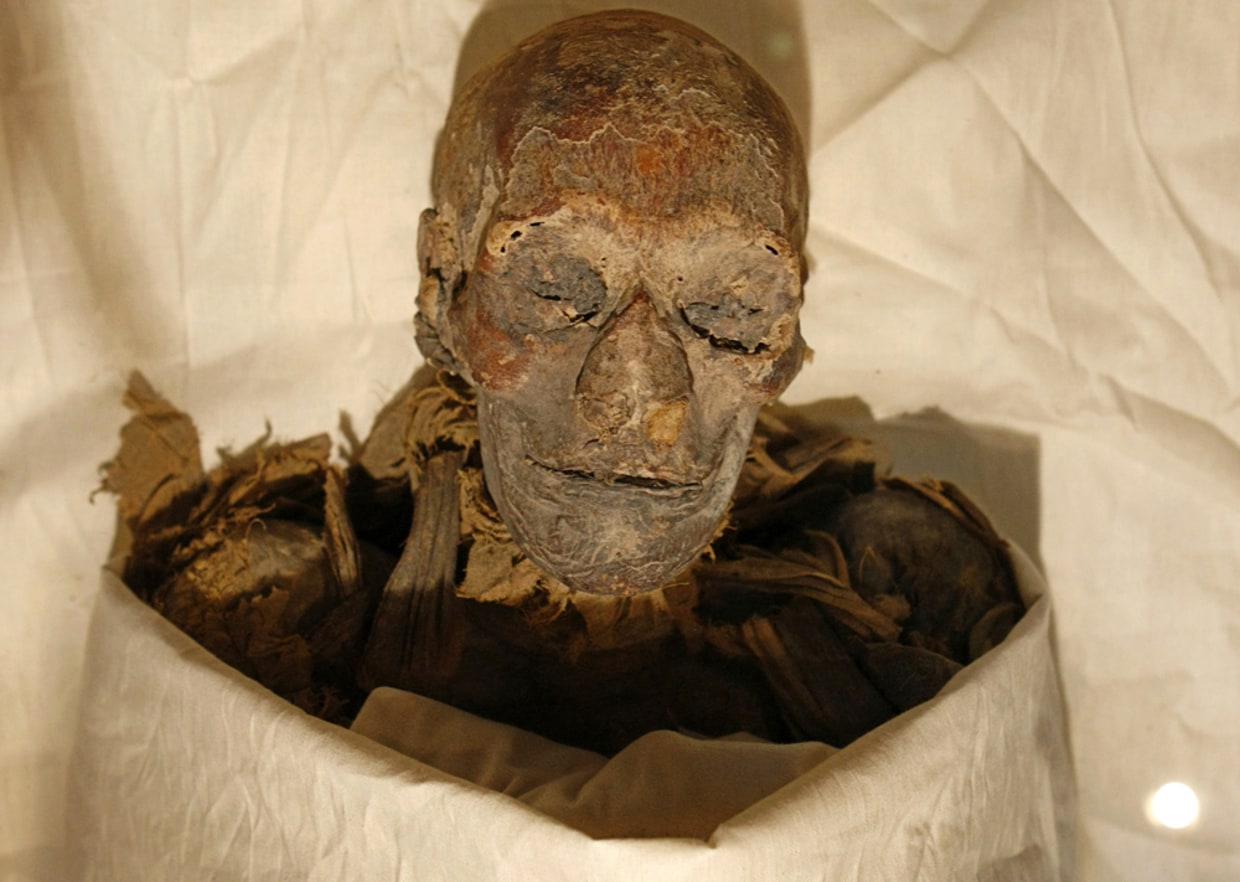
The Discovery and Speculation
British archaeologist Howard Carter discovered Hatshepsut’s tomb in 1902, but when he explored it thoroughly in 1920, he found both her sarcophagus and that of her father empty. The focus then turned to a separate tomb known as KV60, discovered by Carter in 1903. Inside were the partially disturbed coffins of two women, one identified as Hatshepsut’s wet nurse, Sitre-In, and the other anonymous. The tomb received little attention until Egyptologist Donald Ryan reopened it in 1989, leading to new investigations into Hatshepsut’s fate.
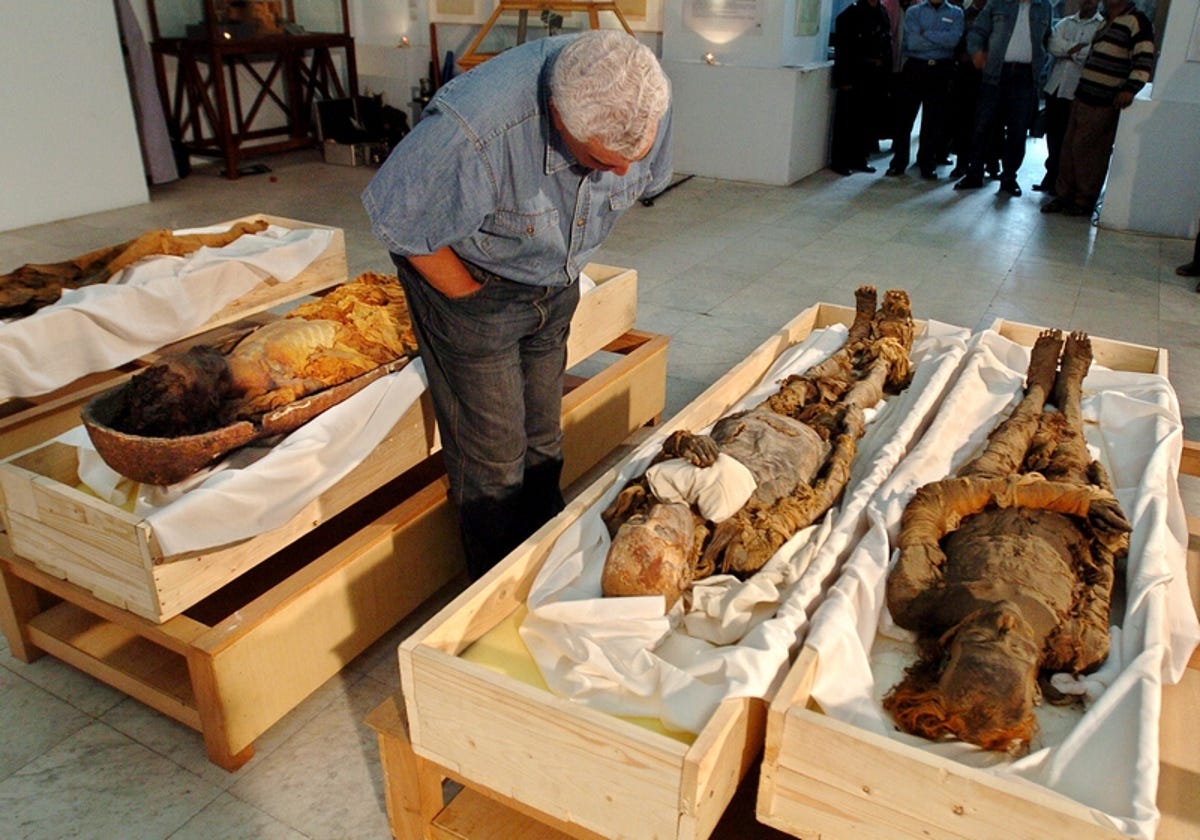
The CT Scan Revelation
In an effort to unravel the mystery, Zahi Hawass and his team conducted a CT scan on the anonymous sarcophagus. The scan revealed an obese woman with signs of cancer and bad teeth, aged between 45 and 60. To further investigate, a small wooden box bearing Hatshepsut’s royal seal and containing a liver was examined. Inside the box, a tooth was discovered. Galal El-Beheri, a dentist from Cairo University, compared the tooth in the box to the scans of several female mummies and found an exact match with the missing tooth from the mummy in KV60.
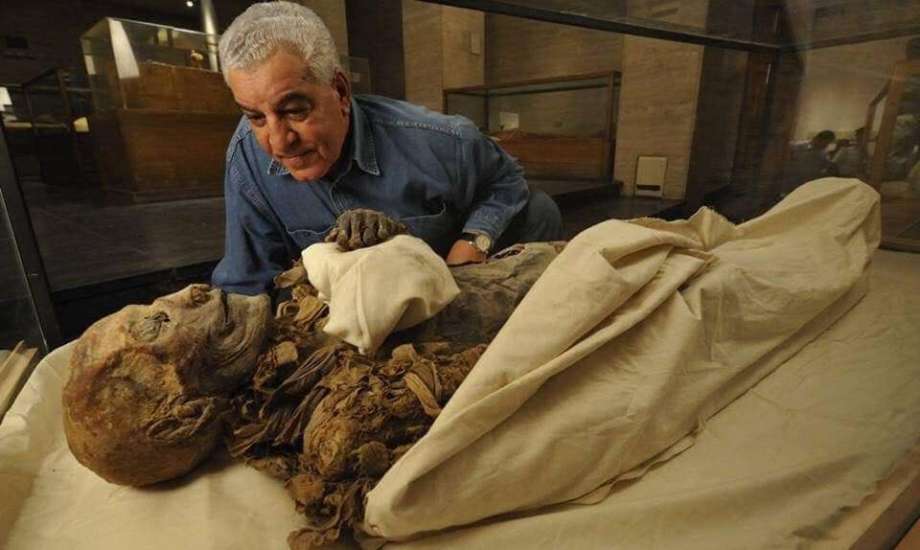
Significance and Implications
The identification of Hatshepsut’s mummy through a missing tooth is a momentous discovery in Egyptian history. Her prosperous reign during the 18th dynasty was shrouded in mystery, with her memory intentionally erased. Hawass expressed hope that this finding would shed light on the circumstances of her death and help unravel the enigmatic nature of her erasure from Egyptian history. The revelation of Hatshepsut’s true identity deepens our understanding of her remarkable rule and contributes to the preservation of Egypt’s rich historical heritage.
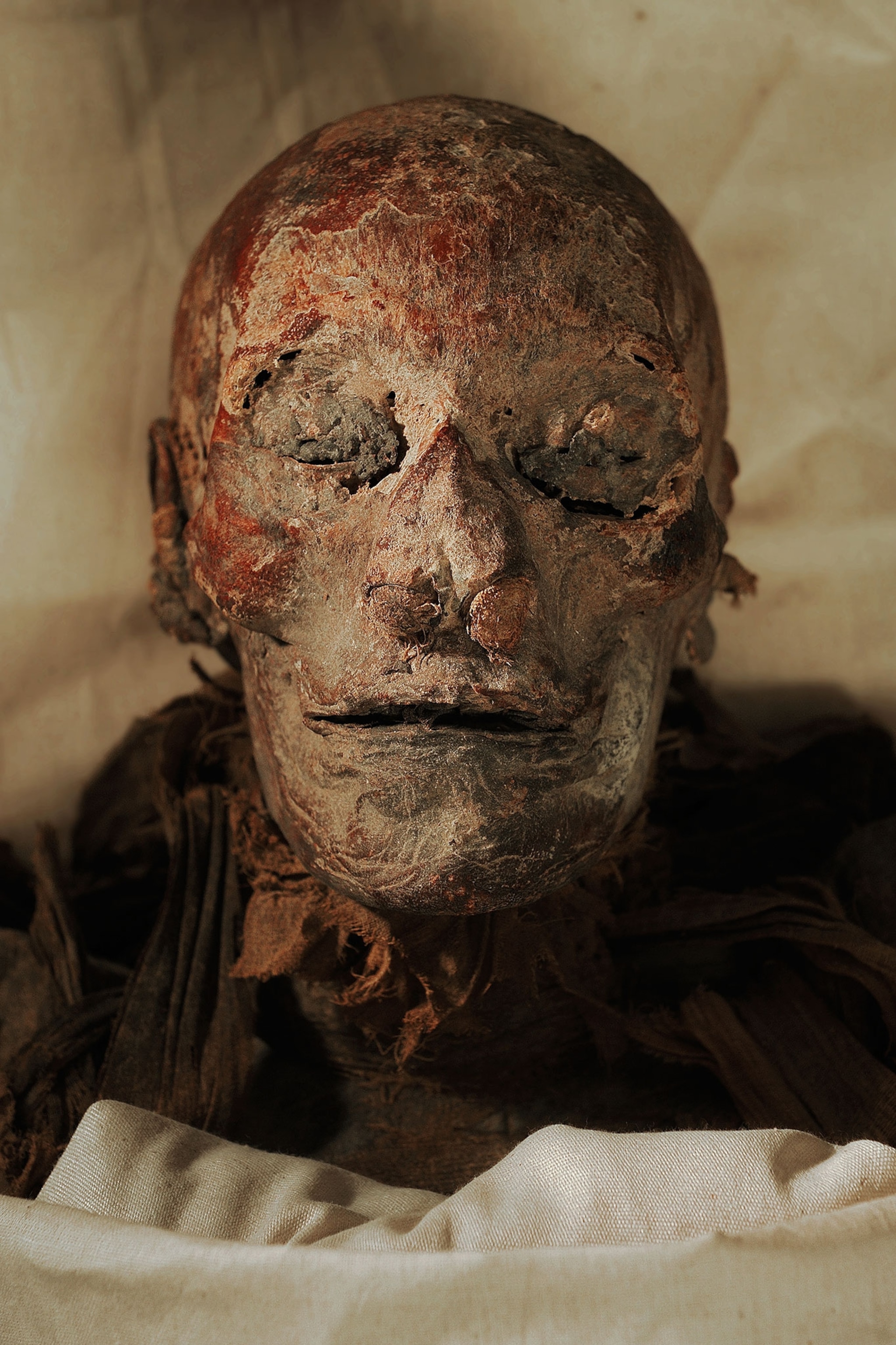
The use of a missing tooth to identify the mummy of Hatshepsut, Egypt’s greatest female pharaoh, has brought about a significant breakthrough in the study of ancient history. The discovery not only unravels the mystery surrounding her missing remains but also provides invaluable insight into the erasure of her reign and the subsequent efforts to preserve her memory. As archaeologists continue to uncover the secrets of Egypt’s past, this remarkable finding highlights the power of scientific advancements and the dedication of researchers in unraveling the enigmas of the ancient world.
